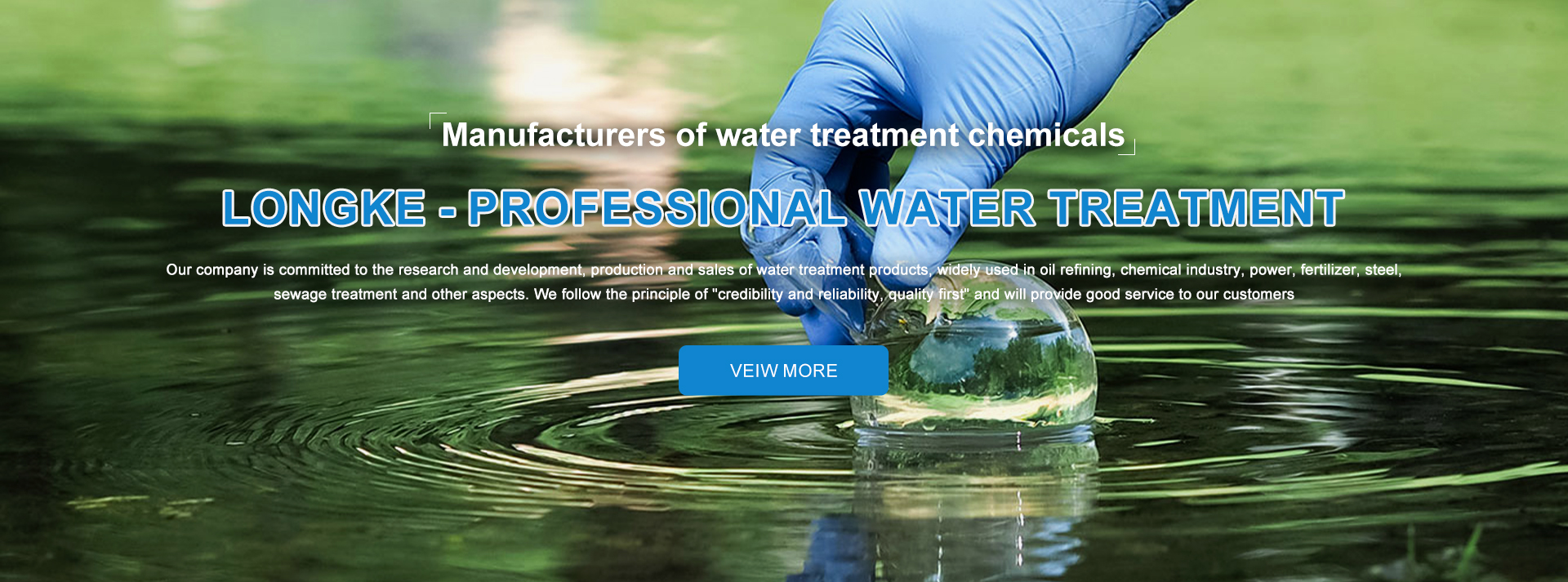chloromethyl isothiazolinone
The Role of Chloromethyl Isothiazolinone in Modern Industries
Chloromethyl isothiazolinone, often abbreviated as CMIT, is a chemical compound widely recognized for its efficacy as a biocide and preservative. This compound, characterized by its unique molecular structure, has become an integral part of various industrial applications due to its potent antimicrobial properties. As industries continue to prioritize the longevity and safety of their products, understanding the role of CMIT is essential.
Chemical Properties and Mechanism of Action
Chloromethyl isothiazolinone belongs to a class of compounds known as isothiazolinones. It exhibits a structure that includes a five-membered heterocyclic ring containing sulfur and nitrogen. Its chemical formula enables it to interact effectively with microbial cells, leading to their destruction. CMIT functions by disrupting the cellular processes of microorganisms, particularly by impairing the synthesis of proteins and nucleic acids, ultimately leading to cell death. This action makes it especially valuable in settings where microbial growth can compromise product integrity.
Applications in Industry
The versatility of chloromethyl isothiazolinone extends across a multitude of industries. In the cosmetic and personal care sector, CMIT is commonly used as a preservative in products such as shampoos, lotions, and makeup. Its inclusion helps maintain product stability by preventing microbial contamination, thereby ensuring safety and efficacy for consumers. Moreover, its ability to function at low concentrations makes it cost-effective and efficient for manufacturers.
In the field of industrial water treatment, CMIT plays a crucial role in controlling microbial growth in cooling towers, recirculating water systems, and other aquatic environments. By inhibiting the growth of bacteria, fungi, and algae, CMIT helps maintain operational efficiency and reduces the risk of biofouling, which can cause significant damage to equipment and increase maintenance costs.
Furthermore, CMIT is utilized in paints, coatings, and adhesives, where it helps prevent spoilage during storage and prolongs the shelf life of these products. Its effectiveness against a broad spectrum of microorganisms makes it a valuable additive in ensuring product longevity.
chloromethyl isothiazolinone

Environmental and Health Considerations
While chloromethyl isothiazolinone is beneficial in many applications, it is essential to consider its environmental and health implications. Recent studies have indicated potential allergenic reactions associated with CMIT, particularly in sensitive populations. The American Contact Dermatitis Society has recognized CMIT as an allergen, prompting discussions about its safe use in consumer products.
Regulatory bodies are also examining the use of CMIT in various applications. For instance, the European Union has implemented stringent regulations regarding the concentration limits of CMIT in consumer products to mitigate risks. Consequently, manufacturers are increasingly required to reformulate their products or seek alternative preservatives that provide similar benefits without the associated risks.
Future Perspectives
As industries navigate the complexities of microbial control, the future use of chloromethyl isothiazolinone may involve a balance between efficacy and safety. Innovations in formulation chemistry could lead to the development of hybrid preservative systems that combine CMIT with other biocides to enhance performance while minimizing potential health risks.
Research into natural alternatives is also gaining momentum, as consumers become more conscientious of the ingredients in their products. This shift may drive the development of eco-friendly preservatives that align with consumer demand for safe, natural, and environmentally sustainable products.
In conclusion, chloromethyl isothiazolinone remains a vital player in various industrial sectors, providing effective microbial control solutions. However, ongoing research and regulatory scrutiny will shape its future use, ensuring that the benefits outweigh potential health and environmental risks. As we advance, a collaborative approach between industry stakeholders, researchers, and regulatory bodies will be essential to strike the right balance in utilizing this powerful biocide.
-
Pbtc Scale InhibitorPBTC: A Scale Protector for Industrial Water TreatmentNewsAug.05,2025
-
Organic Phosphonate: An Efficient Defender in the Field of Scale InhibitionNewsAug.05,2025
-
Hydrolyzed Polymaleic Anhydride: Green Pioneer in Scale Inhibition FieldNewsAug.05,2025
-
PAPEMP Polyamino Polyether Methylene Phosphonic Acid For SaleNewsAug.05,2025
-
Flocculant Water Treatment: A Pioneer in Purification in the Field of Water TreatmentNewsAug.05,2025
-
Benzyl Isothiazolinone: An Efficient and Broad-Spectrum Antibacterial Protective GuardNewsAug.05,2025





